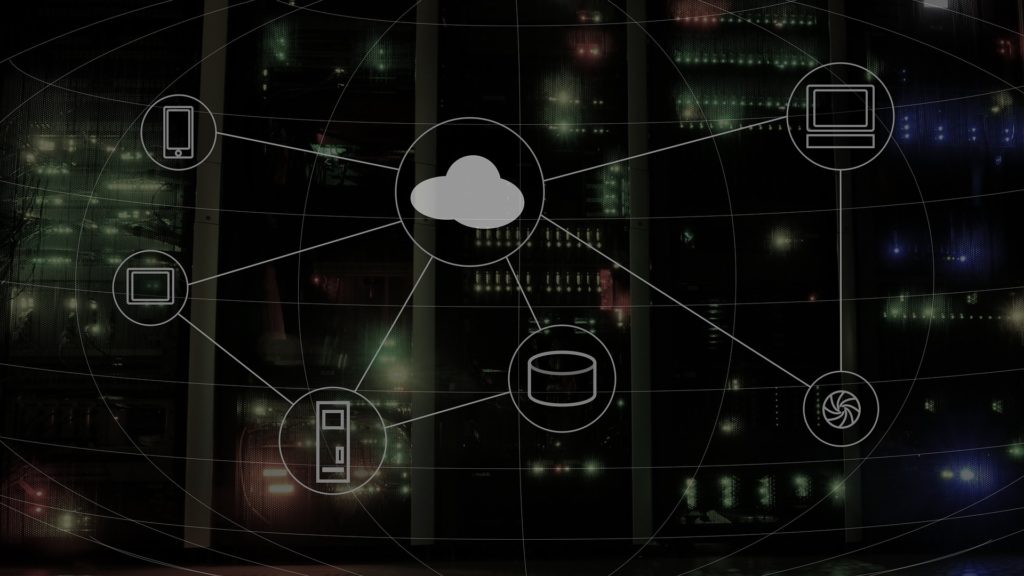Organizations are enhancing safety and security, reducing costs and increasing operational flexibility by using cloud computing platforms.
After two decades of advances, cloud computing has now established itself as a core business tool for many of the world’s largest companies and organizations. A variety of platforms for remote processing, data storage and encryption offer any sized entity the ability to use simple, affordable Wi-Fi-enabled laptops and desktop workstations for their computing needs. In fact, leading research firm Gartner predicted in 2019 that global cloud computing revenue would rise 17 percent this year, and it’s possible the real figure will be even higher with the events of 2020 causing many more organizations to shift to remote and home-based operations.
Healthcare providers, government agencies, schools and businesses of all kinds are benefitting from the enhanced security, reduced maintenance costs and added operational flexibility cloud computing provides. By moving the actual data processing and storage to a professionally encrypted central location, access can be more tightly controlled and data can be better protected against many types of digital attacks, including phishing and ransomware.
At the same time, thin clients and zero clients like those from LG can reduce both initial layout costs and maintenance costs, simplify company-wide software updates and enhance worker flexibility.
Keeping Data Secure in the Cloud
Of all the factors leading to greater adoption of cloud computing, enhanced data security may be the most prevalent. Digital attackers have developed new tools and techniques to gain access to sensitive data, and whether the intent is to steal information, interrupt business, demand ransom or achieve some other goal, these modern threats require modern protections.
Cloud computing with thin clients and zero clients centralizes security and presents fewer points of attack for a network when compared to a network of traditional PCs. Cloud computers with thin or zero clients essentially act as log-in devices, these computers relay commands to the powerful remote server, which performs the processing and stores the data. This eliminates the possibility of a physical theft compromising sensitive data and severely limits what employees can do with the computer itself so as to reduce the number of attack vectors from non-work related use. These factors have led many U.S. government agencies, including the Justice Department and the Department of Defense, to invest in cloud computing.
Staying Nimble with Thin and Zero Clients
As any organization knows, the computer systems and networks they employ are only as good as their ability to handle change, whether that be adding more workstations or updating software. IT directors usually try to think in terms of at least five years when making infrastructure decisions, and today that long-term planning inevitably benefits from a cloud computing foundation. For instance, as remote working continues and in many cases is becoming semi-permanent, a cloud-based system is the ideal solution for maintaining operational consistency and access to data.
In the higher education market, it’s common to need entire teams of IT professionals to handle individual updates and maintenance on vast networks of hundreds or thousands of computers, sometimes requiring updates multiple times a semester. Manually updating hundreds of computers is a complicated, time-consuming task that is unnecessary in a cloud-based system because the workstations don’t have their own software and don’t have data storage.
The ability for IT staff to remotely control each cloud workstation, such as LG’s popular thin-client all-in-one unit, is a major benefit as well, providing flexibility and security enhancements simultaneously. When an employee leaves, there is no longer any concern they will harvest company data or have access to things they shouldn’t, because both their logins and their physical thin client or zero client can be deactivated at any time, in a matter of seconds. The same applies for security breaches via compromised credentials, which IT staff can respond to by deactivating accounts.
Saving Time, Money and Frustration
Cloud computing’s inherent reduction in maintenance requirements yields a triple benefit of reduced labor hours, lower staffing costs and the eradication of issues that arise when managing large networks of fully independent computers. Besides the software and security improvements, thin and zero client workstations also consume less power and contain far fewer replaceable parts, making the total cost of ownership and maintenance significantly lower on average than traditional PCs. Similarly, the reduction in labor for simultaneous system-wide updates can have a real impact on profitability while also increasing productivity and limiting down time.
For many organizations, the simplest solution for transitioning to a cloud-based system is to subscribe to a major third-party provider such as Amazon, Microsoft or Google. For larger deployments or higher-security environments such as government agencies and medical facilities, it may make financial and logistical sense to build a proprietary cloud server and data center. While this is a more complicated and expensive outlay, it is among the best ways to protect highly sensitive data from both internal and external breaches.
Planning for the Future
Entities that provide reliable, updateable and flexible computer networks have a distinct advantage over time, with greater ability to respond to changes in work life, office dynamics, localized health shutdowns and other business-impacting events. Advanced end-point devices from a trustworthy brand bring a multitude of benefits to public and private institutions alike. Considering the enhanced security, reduced costs, energy savings and improved management of data and access control, it’s likely that cloud computing will continue to see accelerated growth among healthcare organizations, financial institutions, government agencies and schools across the U.S. and around the globe.




Comments are closed.